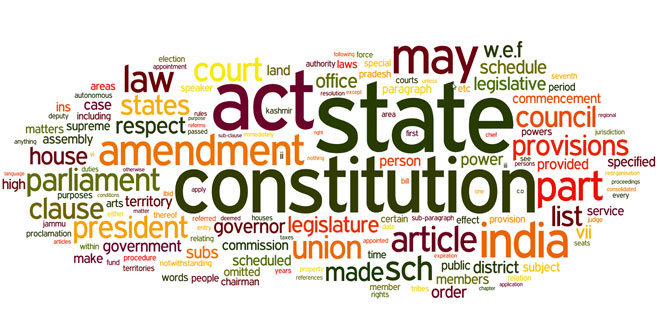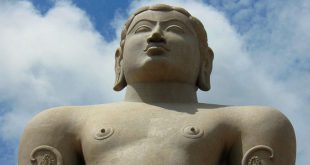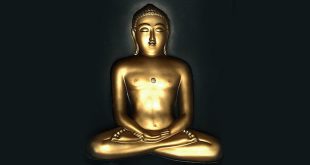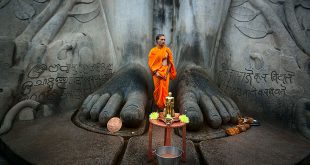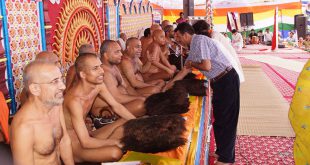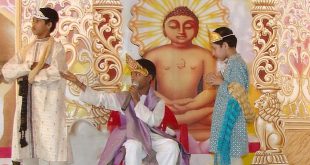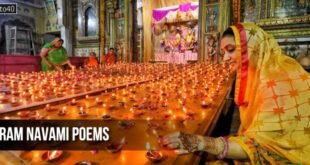The Constitution provides for a Parliamentary form of government which is federal in structure with certain unitary features. The constitutional head of the Executive of the Union is the President. As per Article 79 of the Constitution of India, the council of the Parliament of the Union consists of the President and two Houses known as the Council of States (Rajya Sabha) and the House of the People (Lok Sabha). Article 74(1) of the Constitution provides that there shall be a Council of Ministers with the Prime Minister as its head to aid and advise the President, who shall exercise his functions in accordance to the advice. The real executive power is thus vested in the Council of Ministers with the Prime Minister as its head.
The Council of Ministers is collectively responsible to the House of the People (Lok Sabha). Every State has a Legislative Assembly. Certain States have an upper House also called State Legislative Council. There is a Governor for each state who is appointed by the President. Governor is the Head of the State and the executive power of the State is vested in him. The Council of Ministers with the Chief Minister as its head advises the Governor in the discharge of the executive functions. The Council of the Ministers of a state is collectively responsible to the Legislative Assembly of the State.
The Constitution distributes legislative powers between Parliament and State legislatures as per the lists of entries in the Seventh Schedule to the Constitution. The residuary powers vest in the Parliament. The centrally administered territories are called Union Territories.
 Kids Portal For Parents India Kids Network
Kids Portal For Parents India Kids Network
